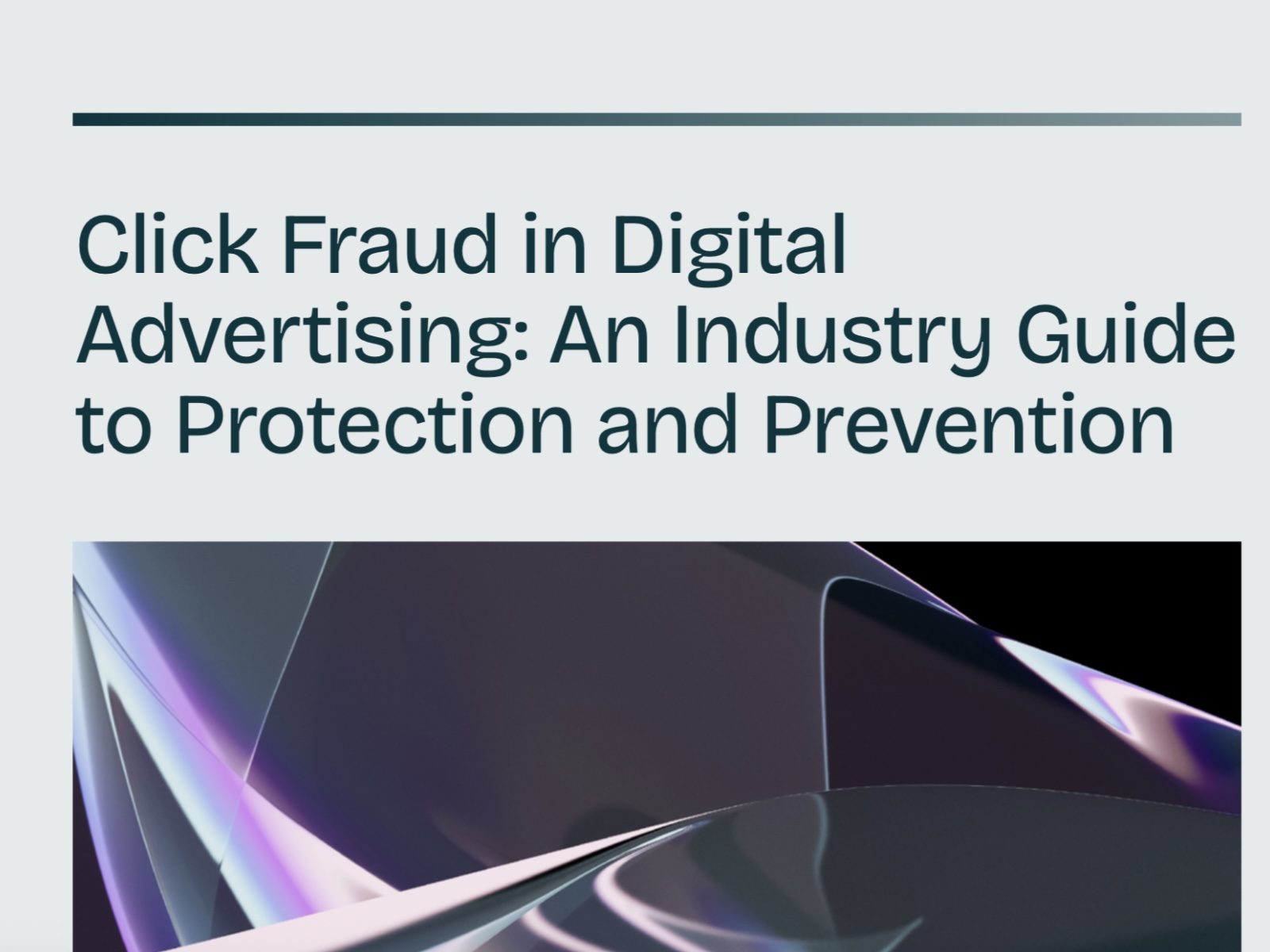Invalid traffic (IVT) impacts brands worldwide at a scale and cost far greater than many realize. Beyond draining budgets and skewing metrics, IVT has a long, lingering effect on marketers’ budgets, customer relationships, and the lifetime value of real users. As fraudsters’ tactics become increasingly sophisticated, brands cannot afford to ignore IVT; doing so only allows the problem to escalate.
Every marketing channel—from search and social to on-site forms—is vulnerable to fraudulent activity, and many ad platforms lack the visibility to catch these nuanced forms of IVT.
IVT Threats Beyond Programmatic Channels
Marketing teams rely on a diverse assortment of tactics—search, social, programmatic advertising, account-based marketing, and more—to attract and engage customers. Unfortunately for marketers, fraudsters have a wide range of tactics, too.
Below, we outline the most common downstream IVT threats and explain why comprehensive protection is vital:
Brand Ad Skimming
What It Is: Fraudsters blend real user traffic with IVT interactions to inflate the apparent value of their inventory. Even reputable publishers can unknowingly host sophisticated IVT that appears indistinguishable from genuine human engagement.
Why It Matters: By mixing IVT with legitimate impressions, bad actors can double or triple their available inventory, then sell it at higher CPMs. Brands end up paying for non-human interactions, diluting campaign effectiveness and wasting precious ad spend.
Fake Audience Database
What It Is: As brands invest heavily in building first-party databases—running form-fill campaigns, gated content promotions, and prize giveaways—fraudsters inject IVT into those sign-up flows. Automated scripts (i.e., IVT) submit fake user data to capture cost-per-lead payouts or claim giveaways, polluting a brand’s customer database.
Why It Matters: Every fake sign-up not only wastes ad dollars on unqualified leads but also weakens long-term customer profiles. When brands later rely on these “users” for re-engagement or look-alike modeling, they end up targeting non-existent customers, eroding data quality, and ROI.

Search Fraud
What It Is: Search advertising—key to driving top-of-mind awareness—can be manipulated by fake clicks that go undetected. Fraudsters launch automated queries and click on competitor ads to drain budgets, or click on a brand’s own search ads to cultivate IVT profiles that appear more human over time.
Why It Matters: A Harvard Business Review article examined the impact of search ads on click-through rates. IVT is clicking on ads, brands pay for impressions that never convert, inflating CPAs and skewing performance data. On the competitor side, IVT-driven click spam can sabotage budgets, making it appear as though a search campaign is underperforming.
Audience Contamination
What It Is: Many marketers purchase look-alike audiences to expand reach, trusting providers to match core customers with similar prospects. Fraudsters have caught onto this by training IVT profiles to mimic high-value behaviors—browsing patterns, click-through habits, and even on-site engagement—so that look-alike segments become tainted.
Why It Matters: When IVT infiltrates those audience segments, brands believe they’re reaching qualified prospects, but in reality, they’re bidding on media that delivers no real users. The result is wasted spend, poor engagement metrics, and a false sense of campaign success.
Measuring Impact Through Lifetime Value (LTV)
First-party data becomes increasingly vital as the ecosystem shifts to performance-based metrics. In that context, even small amounts of IVT can have an outsized long-term cost. Instead of viewing IVT as “just an acquisition expense,” forward-looking marketers must evaluate it through the lens of lifetime value. Every dollar funnelled into IVT is effectively siphoned from potential genuine user engagement over months or years. By quantifying the LTV of real users versus the cost of IVT, brands can better gauge the true opportunity cost of downstream fraud.
The Power of Stopping Invalid Traffic
By understanding these downstream IVT threats and embracing a holistic, real-time approach to detection and mitigation, brands can regain control of their marketing investments. Identifying and blocking IVT at the source—before it ever reaches dashboards or forms—prevents wasted spend, protects data quality, and safeguards the integrity of KPIs.

Your Industry Guide to Click Fraud in 2025
Understand evolving fraud tactics, see where vulnerabilities exist, and learn how to protect ad spend across the ecosystem.
